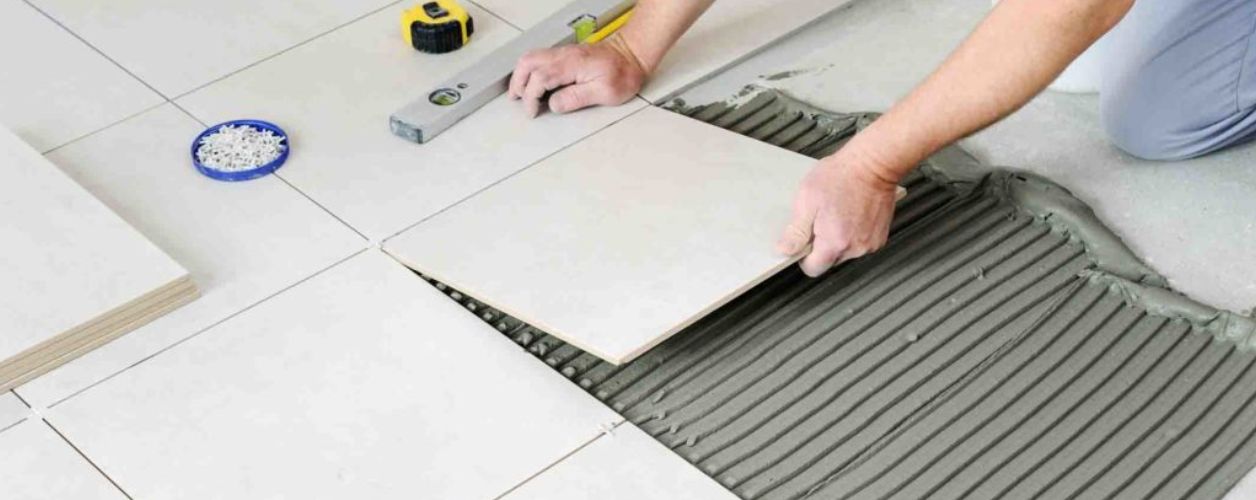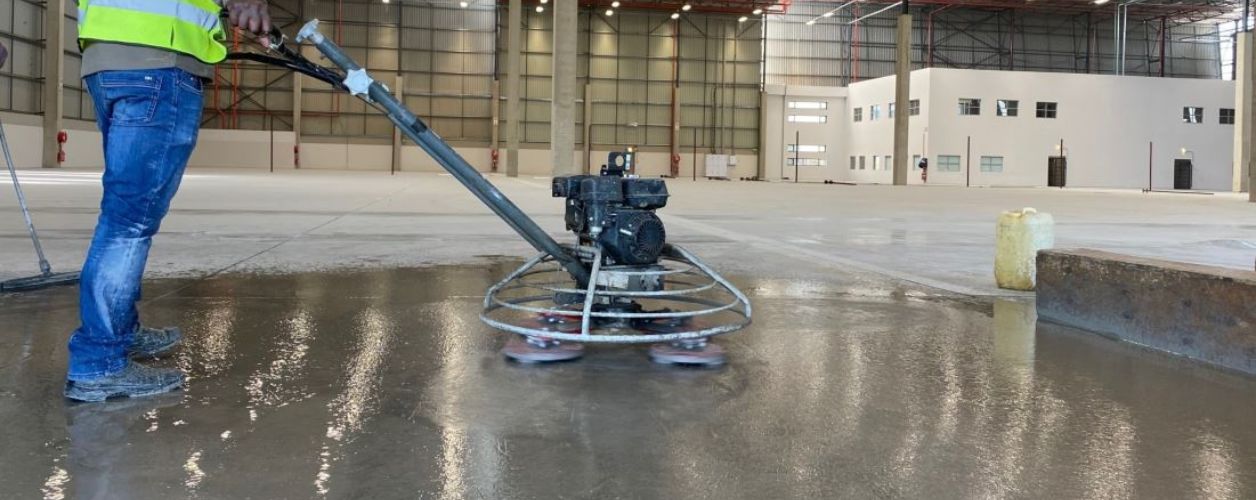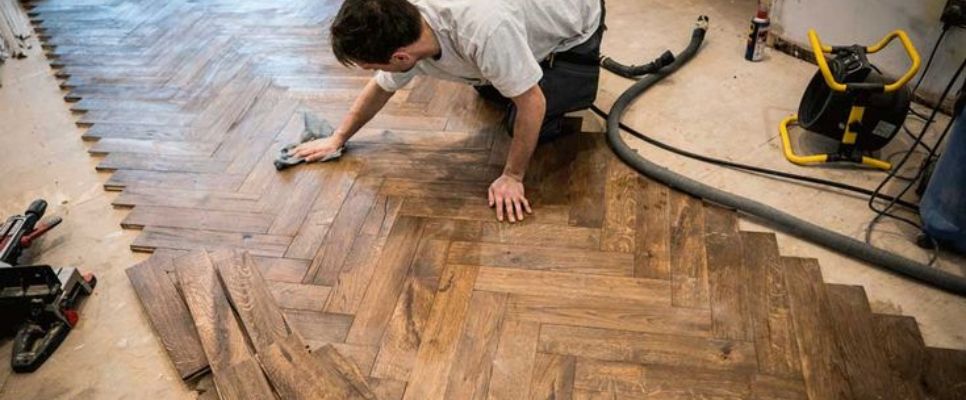How Much Does Bamboo Flooring Cost? Planning Your Flooring Budget
The choice of bamboo flooring as a home flooring option rose in popularity across Australia because it combines sustainability with durability and attractive looks. The increasing home market demand for sustainable and budget-friendly flooring solutions has made bamboo flooring gain strong popularity among consumers. The installation of bamboo flooring demands careful consideration of the associated expenses to be made by homeowners. A complete awareness of bamboo flooring financial aspects, including material expenses and installation as well as maintenance fees, leads to well-informed selection choices.
A complete bamboo flooring cost investigation will show every aspect of expenses in the Australian market. This guide includes complete price information about bamboo flooring cost per square meter, and it also addresses all fees associated with underlayments and moisture barriers, plus the expenses of professional installation. You can also check the cost comparison of bamboo flooring expenses with other flooring options to ensure you select the ideal flooring option for your project. You will achieve a knowledgeable decision between aesthetics and budget requirements when you conduct proper research.
Understanding Bamboo Flooring and Its Types
The cost analysis of bamboo flooring requires a basic knowledge of this material, together with its various market options for different types. Bamboo flooring uses bamboo plants as a raw material since these plants grow quickly and sustainably for enduring durability. Depending on how it gets processed, this material becomes differently priced and performs in various ways.
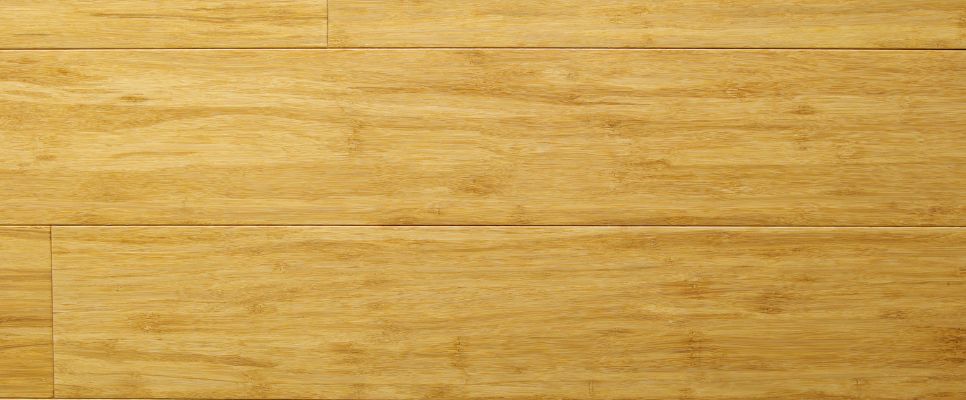
Types of Bamboo Flooring:
- Strand Woven Bamboo: Among bamboo flooring types, the highest quality and most durable product is Strand Woven Bamboo. Under high pressure, bamboo strands are woven to create a strong yet extremely resilient flooring product. The highest-priced category of bamboo flooring, named strand woven bamboo, suits busy areas because it maintains remarkable durability.
- Horizontal Bamboo: The manufacturing of horizontal bamboo flooring involves cutting horizontal bamboo stalks, which maintains its original bamboo grain structure. The arrangement of bamboo stalks across the floor generates traditional features. Horizontal Bamboo produces good residential performance outcomes, although it has slightly lower durability than strand woven bamboo flooring does.
- Vertical Bamboo: Vertical bamboo resembles horizontal bamboo in production due to bamboo stalk use, yet it receives vertical slicing different from horizontal bamboo. The way the bamboo stalks are sliced in a vertical direction makes their natural grain patterns easy to see. Bamboo flooring with its vertical cut pattern usually comes at a reduced price point while providing a traditional natural appearance.
Key Factors That Impact Bamboo Flooring Costs
Different types of bamboo flooring require unique cost evaluations to correctly determine your project budget. The final price of bamboo flooring depends on various important elements. The material cost represents the main part of bamboo flooring expenses, but multiple additional factors affect the total expense.
Type of Bamboo Flooring
A flooring's price mostly depends on the bamboo choice. The cost varies as follows:
- Strand Woven Bamboo: The top-of-the-line strand woven bamboo flooring stands as the most costly choice in bamboo floors and costs between $90 to $130 for each square meter. The lengthy manufacturing process creates a bamboo product that matches the superior durability of most native bamboo varieties.
- Horizontal and Vertical Bamboo: The expenses of Horizontal and Vertical Bamboo flooring range between $30 to $80 for each square meter of material. These bamboo floors give excellent value for eco-conscious buyers because of their competitive pricing, even though they lack the durability of strand woven bamboo.
Quality of the Bamboo
Each bamboo floor brand offers different qualities, which produce substantial quality differences between products. Bamboo flooring of superior quality delivers better resistance to wear and tear, together with better durability and stronger finish properties. The material quality of low-end bamboo flooring makes it less resistant to damage, including scratches, in addition to warping and fading through time. Premium bamboo products that offer superior quality will have prices starting at $60 per square meter for basic options, up to $150 per m2 for luxury brands.
Finish and Treatment
You have three options to choose from when it comes to the finish treatment on bamboo flooring: matte, satin and glossy finishes. The price of prefinished bamboo increases because producers add protective coatings that shield the floor from moisture damage and scratches as well as surface stains. A foamy finish received through UV curing processes enhances durability yet increases the total price of the flooring.
The same bamboo flooring materials receive additional surface treatments that boost their resistance against water damage, mainly when used in bathrooms and kitchens. Extrapolated treatment for bamboo floors usually amounts to extra expenses between $5 and $10 per square meter, which might prolong its lifespan.
Installation Costs
The total expenses of bamboo flooring include substantial material costs together with necessary installation expenses that need evaluation for a project. Choose professional installers based on the service difficulty level and local area location to determine installation expenses. The average expenses for expert bamboo flooring installation fall between thirty dollars and eighty dollars per square meter. Professional installation expenses will rise substantially when your subfloor needs preparation because of the difficulty of working in challenging areas like space configurations and floor shapes.
The installation of a 20-square-meter area by professionals may trigger additional expenses between $600 and $1,600 for the total project expenses.
Breakdown of Bamboo Flooring Costs
The installation expenses for bamboo flooring can be analyzed through these specific price ranges.
Material Costs (Per Square Meter):
- Bamboo flooring within the budget range (Vertical or Horizontal Bamboo) starting from $30 per square meter up to $50 per square meter.
- Mid-Range Bamboo (Higher Quality Horizontal/Vertical Bamboo): $50 to $90 per square meter
- The total price range for Strand Woven Bamboo (High-End Bamboo) stands between $90 and $130 per m2.
Installation Costs (Per Square Meter)
- Basic Installation: $30 to $50 per square meter
- Production of complicated flooring designs, including subfloor work, costs between $50 to $80 per square meter.
Additional Costs
- Underlay and Moisture Barriers: $1 to $4 per square meter
- Floor Preparation (if required): $3 to $10 per square meter
- The installation cost for finishing and trimming bamboo flooring across every linear meter measures between $5 to $20.
- The costs of refinishing bamboo floors (for occasional maintenance purposes) will fall between $25 and $50 per square meter of flooring.
Total Estimated Cost
- The cost for installing bamboo flooring in a 20 m2 room ranges from $1,400 to $2,000, which covers all necessary materials and installation expenses.
- The installation expense for 20 m2 mid-range bamboo flooring will cost between $2,000 and $3,600.
- A 20 m2 room constructed with high-end bamboo flooring will cost from $3600 up to $5600 or more before installation.
DIY Cost vs. Professional Installation Cost
Before choosing to install bamboo flooring, homeowners must decide between performing the work themselves or hiring professional contractors. Both installation alternatives present their own expense and advantage structures.
DIY Installation:
People who possess floor installation skills along with essential tools can reduce their labour costs through self-installation. When you install bamboo flooring by yourself, you will spend approximately $10 to $20 for each square meter, primarily on tools and materials that include adhesives and nails. DIY installation carries certain dangers because incorrect measurements combined with uneven floors can potentially lead to material damage.
Professional Installation:
The professional installation provides an effective and proper bamboo flooring setup, although it requires a higher financial investment. The expense of labour for bamboo flooring installation typically falls within $30 to $80 per square meter, but further preparatory work, including moisture barriers or subfloor levelling, requires additional investments. Some professional installers extend their service by providing warranties to ensure customer satisfaction.
Long-Term Costs and Maintenance
Those interested in bamboo flooring should understand its low maintenance characteristics, but need to be aware of extended cost elements affecting cleaning, refinishing and necessary repairs.
- Cleaning:
Bamboo floors need just minimal upkeep since owners can maintain them through regular sweeping and sporadic mopping. Reserve your use of rigorous cleaning agents while actively working to keep the floor water-free to stop damage from occurring. The expense of cleaning products amounts to less than $20 per product, while their price ranges widely between $5 to $20, depending on the chosen brand.
- Refinishing:
The durability of bamboo floors lasts until they require refinishing, which will occur somewhere between several years and when high-traffic areas require it. The total price for refinement services ranges from $25-$50 per square meter with additional expenses based on the extent of destruction and the requested coating type. Efforts directed at refinishing your floor will extend its lifespan while returning its original look.
- Repairs:
Bamboo flooring needs plank replacement or repair when it receives serious damages that exceed deep scratches or gouges. Critical damages typically force customers to replace boards at an estimated cost of $30-$50 for each square meter.
Cost of Bamboo Flooring Compared to Other Flooring Options
Check here the comparison of bamboo flooring expenses with other standard flooring options to determine its suitability for your property. An overview shows which materials compete against bamboo in the Australian market for flooring:
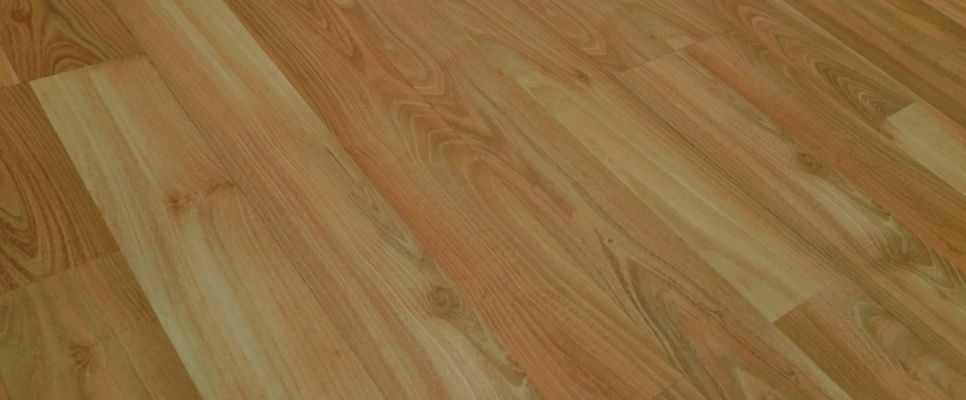
Bamboo vs. Hardwood Flooring:
The price of hardwood flooring exceeds that of bamboo flooring. Both the materials and installation expenses for hardwood flooring amount to $100 to $200 per square meter for materials and $50 to $100 per square meter for installation costs. Bamboo flooring serves as an economical substitute for other floor materials, as its materials begin at $30 per square meter with lower installation expenses.
Strand woven bamboo flooring shows superior durability through its exceptional toughness, which makes it resist scratches and dents better than regular hardwood flooring.
Bamboo vs. Vinyl Flooring:
The lowest end of flooring products belongs to vinyl because it remains extremely affordable. Durable vinyl sheets exist at the bottom end of the price range at $15 per square meter, yet vinyl planks start at $30 and extend to $60 per square meter. The starting price to acquire bamboo flooring reaches $30 for each square meter of entry-level bamboo.
The resistance to normal wear and tear is better in bamboo flooring when compared to vinyl flooring. The affordability of vinyl flooring will not extend to its durability because it tends to scratch easily, and bamboo surpasses its lifespan.
Bamboo vs. Carpet:
The cost of carpeting falls beneath the expenses of bamboo flooring together with hardwood flooring. Basic carpet starts at $20 per square meter, yet the most expensive carpet options reach prices between $50 and $150 per square meter. The replacement of carpets becomes necessary in high-traffic areas because they have a lifespan of 5 to 10 years, despite being budget-friendly options at first.
Bamboo flooring stands superior in terms of durability since it exceeds the lifetime of carpet. Bamboo flooring demonstrates resistance to both stains and moisture and normal wear, which makes it a long-term, sustainable and cost-saving material compared to carpet.
Conclusion
The total price of Bamboo Flooring in Australian homes depends heavily on the material used, its quality, and the installation difficulty. The complexity of the job often highlights the importance of hiring professional Floor Installers to ensure a perfect finish. While you will invest more in bamboo flooring upfront—as its initial price can exceed other choices like versatile Vinyl Flooring—this upfront cost leads to a long service lifetime and minimal upkeep needs, reducing the chances of needing costly Floor Repair down the line. For high-moisture areas, it's also worth exploring specialised Bathroom Flooring options to ensure longevity. Always take into account installation prices along with costs related to underlay, moisture barriers, and long-term maintenance expenses.




